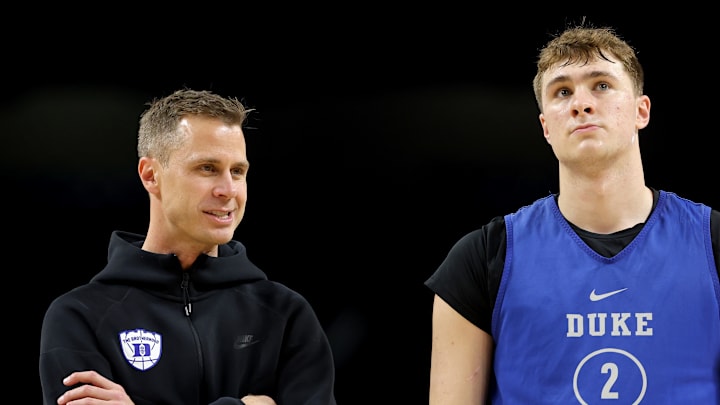A settlement of around $2.8 billion has been reached between the NCAA and its athletes, allowing schools to directly pay their players
"According to the approval issued by U.S. District Judge Claudia Wilken in Oakland, California, schools will be able to compensate their athletes for the use of their name, image and likeness across all sports through an expected initial annual allotment of $20 million-$23 million per school, according to estimates, USA Today's Paul Myerberg reported. "The changes are set to go into effect July 1."
This is a pivotal moment in college sports as the NCAA has been trying to avoid allowing its athletes to be paid for such a long time. After more and more players began to speak up, urging pay for the athletes who make college sports so great, they are now able to be paid directly from their universities in their name, image, and likeness.
So, players have been receiving NIL contracts from universities for a few years now. What does this change mean for Duke athletics?
The difference now is that schools will be able to use their revenue sharing to pay players. As Myerberg reported, that number will be around $20 million per school.
Another interesting aspect of this settlement is that individual schools can choose how the money gets dispersed among their varsity sports. This puts Duke in a really interesting spot, as the Blue Devils are obviously known for its men's basketball program, but Duke football is also starting to generate buzz following a nine-win season in year one under head coach Manny Diaz in 2024, just the third nine-win season for Duke since it joined the ACC in 1953.
Programs like UConn, a university that is dominated by basketball with football being a mere afterthought, could put half of its total revenue into the basketball program alone, which would make the most sense. Duke could also do this, but schools like it are in a really interesting spot.
The same goes for North Carolina. Both Duke and UNC are known for basketball, but both have rising football programs. It will be very interesting to monitor how both universities manage their revenue shares and balance their outputs.
